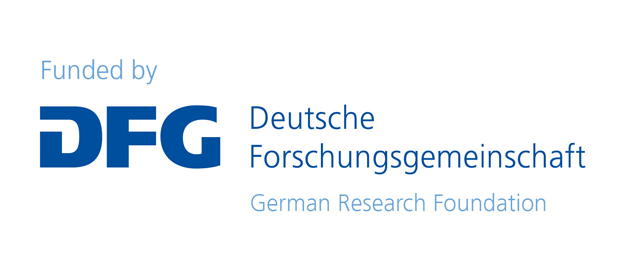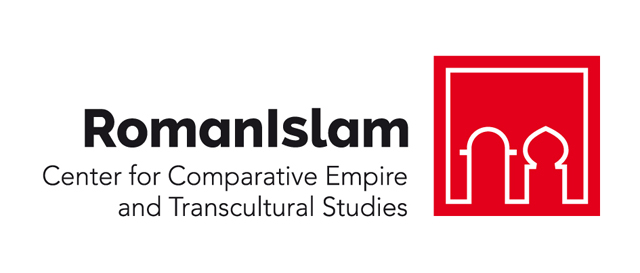Prof. Dr. Ricardo González Villaescusa
November 2020
Research Project: Cities of the Edge of the Roman Empire or how to Govern the Periphery
How were the north-western borders of the Roman Empire with a little or no urban tradition (North-West of the Iberian Peninsula: Galicia and Asturias, North of Gaul: Gallia Belgica and Germanies, and Roman Britain) integrated into the governance of Rome through the construction of new provinces and the creation of cities? What road and maritime networks does this new system create to integrate them? What kind of urban networks (of secondary cities and small towns)? What parallel and divergent developments in these three peripheral regions? How was the Atlantic coast integrated into the Roman Empire? How did the Roman Empire relate the Atlantic Sea to the Mediterranean? These three regions have in common the Atlantic coast and their conquest and organization were relatively close in time. The organization of Gaul Belgium dates back to the Augustan period as well as the road network established by Agrippa and the so-called Ocean Road from Strabo (22-21 BCE); Rome conquers the North-West of the Tarraconensis province with the direct intervention of Augustus (29-19 BCE) and, finally, the conquest of Britannia by Claudius (44-47 AD. VS.). This control of the regions which have an Atlantic shore at in the years to come allows a comparison because the integration of the Atlantic territories to the Roman Empire will increase the maritime connectivity and the development of ports and roads along this maritime façade; integrating what B. Cunliffe defines as “The Atlantic community”.
Profile
Prof. Dr Ricardo González Villaescusa is a former member of the School of Higher Hispanic Studies at Casa de Velázquez; he worked as a full professor at the universities of Reims - Champagne Ardenne, and Nice-Sophia Antipolis (France). Since 2019 he is Professor of Archaeology in the Gaul and North-West Europe and member of UMR 7041 ArScAn - Archaeology and Sciences for Antiquity (CNRS – Paris Sorbonne and Paris-Nanterre - Ministry of Culture). During 2016, he obtained support co-directed by the INSHS and the EHEHI of the Casa de Velázquez for the program "The forms of the grouped habitat of the Roman West", and a Research and Conversion Leave Theme (CRCT = sabbatical year) for the project: "Modelling territoriality of human settlements in the Mediterranean coastal environment". In 2017 he obtained a fellowship as Academic Visitor at the University of Oxford, Faculty of Classics Ioannou Centre for Classical and Byzantine Studies, where he was able to participate in the centre's seminar series completing his training and scientific presentation of his research. Between 2017-2019 he coordinated the international project "HaMO: The grouped habitat in the Western Mediterranean (2nd century BC - 3rd century AD)" in the Axis I - Cities, territories, citizenships of the EHEHI - Casa de Velázquez. Complementarily, he has developed several field activities in Tunisia, Morocco, France, and the Balearic Islands the latest since the 90s integrating the most recent project that combines intensive survey and excavation of the fortified site of Can Blai dated in late Antiquity: https://www.cepam.cnrs.fr/sites/can-blai/
CV
Selected Publications
González Villaescusa, Ricardo / Traina, Giusto/ Vallat, Jean-Pierre, eds. (2020a), Les mondes romains : questions d'archéologie et d’histoire, Paris: Ellipses.
González Villaescusa, Ricardo/ Cressier, Patrice (2020b), “Urban Foundation and Irrigated Landscape Construction in the Medieval Western Maghreb. Aġmāt (Morocco)”, in: Sauro Gelichi and Lauro Olmo-Enciso, eds., Mediterranean Landscapes in Post Antiquity. New Frontiers and New Perspectives, Summertown, Archaeopress Archaeology, 185-199.
González Villaescusa, Ricardo/ Padrino Fernández, Santiago / Gayet, Frédéric (2020c), "Portus Herculis Monœcus. Une agglomération portuaire aux portes de la Gaule", Bulletin du Musée d'Anthropologie préhistorique de Monaco, 59, 157-195.
González Villaescusa, Ricardo / Fernández, Jordi H. / Fronteau, Gilles / Vázquez, Patricia (2018a), “Le castellum de Can Blai (Formentera, Baleares). La pierre de taille et les carrières de mares”, in : Anna Gutiérrez Garcia-Moreno and Pierre Rouillard, eds., Lapidum natura restat. Canteras antiguas de la Península Ibérica, ICAC-Tarragona, 173-184.
González Villaescusa, Ricardo / Fernández, Jordi H. (2018b), "The Late Roman Fort of Can Blai on Formentera and the Defence of the Balearic Sea", Journal of Roman Archaeology, 31, 445-457.
González Villaescusa, Ricardo/ Schörle, Katia/ Gayet, Frédéric/ Rechin, François, dirs. (2017), L'exploitation des ressources maritimes de l'Antiquité. Activités productives et organisation des territoires, XXXVIIe Rencontres internationales d’archéologie et d’histoire d’Antibes & XIIe colloque de l'association AGER, Antibes: Éditions APDCA.
González Villaescusa, Ricardo / Pichard, Claire (2015), “Reims : la part de l’Antiquité dans la forme urbaine. Éléments de réévaluation des héritages médiévaux et modernes”, in: Stéphane Bourdin, Michel Paoli and Anne Reltgen-Tallon, dirs., La forme de la ville de l’Antiquité à la Renaissance, Presses universitaires de Rennes, 339-352.
González Villaescusa, Ricardo/ Mercuri, Laurence/ Bertoncello, Fréderique, dirs. (2014a), Implantations humaines en milieu littoral méditerranéen, XXXIVe Rencontres Internationales d’Archéologie et d’Histoire d’Antibes, Antibes: Éditions APDCA.
González Villaescusa, Ricardo/ Deru, Xavier, dirs. (2014b), Consommer dans les campagnes de la Gaule romaine, Actes du Xe congrès de l’Association AGER. Revue du Nord, Hors-série, Collection Art et Archéologie, N° 21. Université Charles-de-Gaulle Lille 3.
González Villaescusa, Ricardo / Ruíz de, Joaquín, eds. (2010), Simulacra Romae II. Rome, les capitales de province (capita prouinciarum) et la création d'un espace commun européen. Une approche archéologique, (Actes du colloque tenu à Reims, les 19, 20 et 21 novembre 2008), Reims: Bulletin de la Société archéologique champenoise, Mémoire nº 19.



